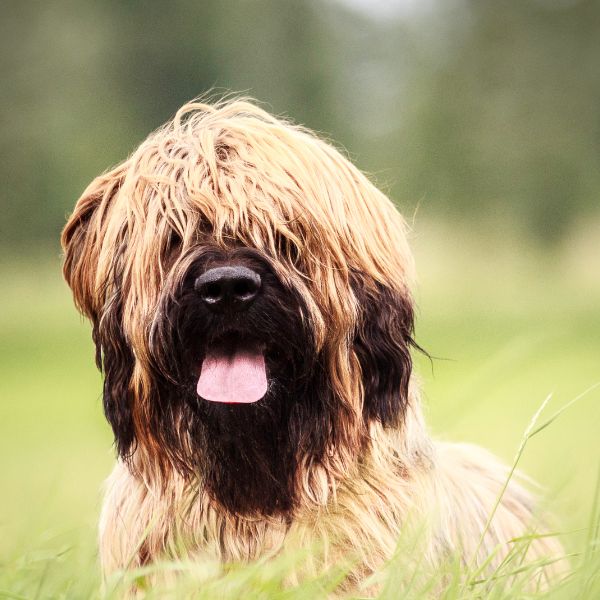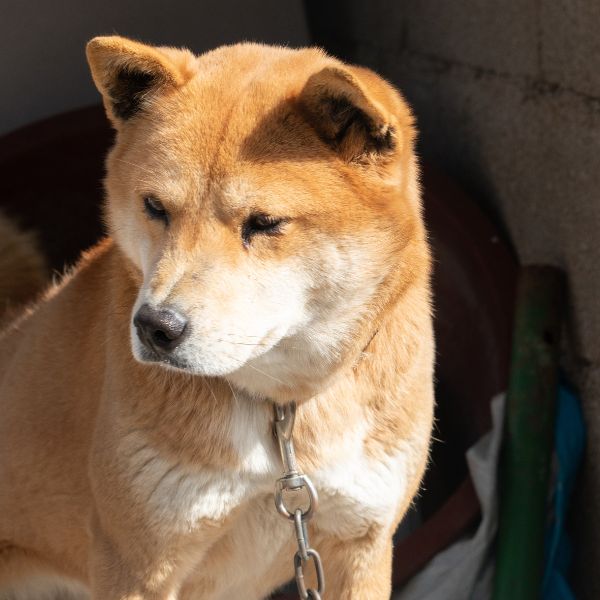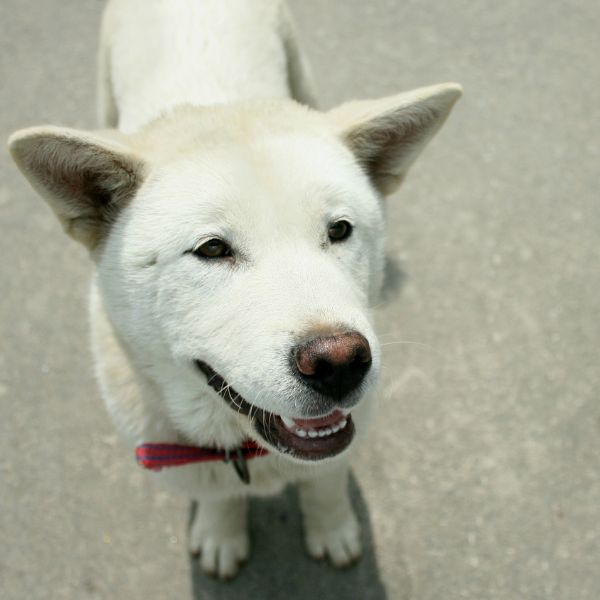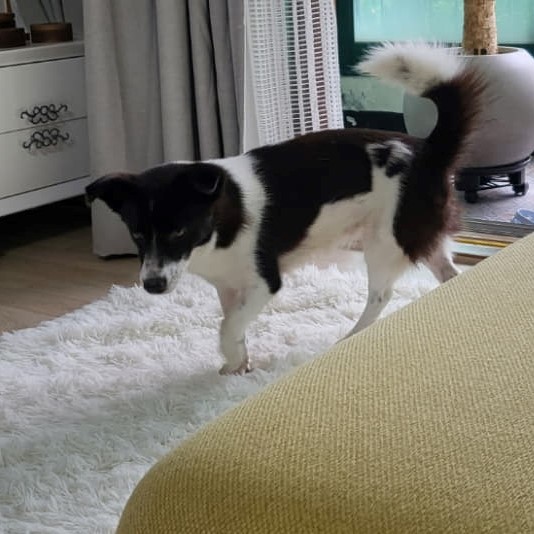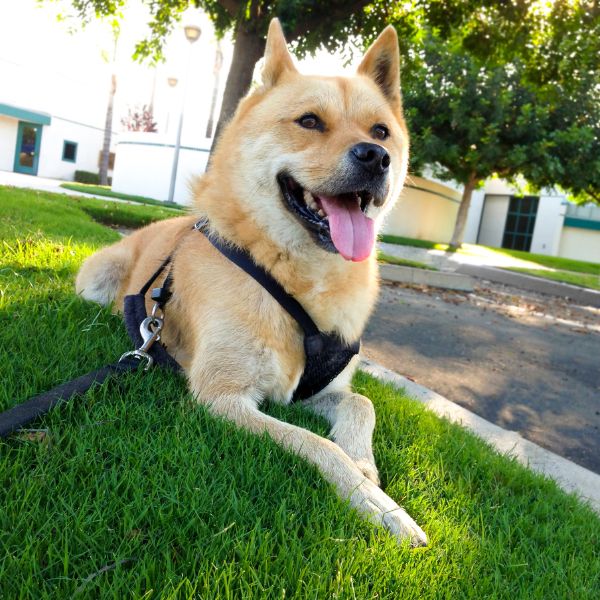The Donggyeongi Dog (A Jindo without its tail)
The Donggyeongi, is a rare dog breed native to Korea. Its most notable feature is its very short tail.
The Donggyeongi was designated as a Korean Natural Monument on November 6, 2012.
- Other Names: Dang dog, Tokyo Lee, dang gangi, dong dong dog
- Size: Males 47–49 cm, females 44–47 cm
- Color: Yellow (yellow sphere), white (white sphere), black (black sphere), black and yellow speckled pattern (hukou), etc.
The names vary from region to region, but they are called “dang gangi” in Gyeongsang-do, “Donggae” in Jeollado, and “Dongdonggae” in Gangwon and Gyeonggi-do.
History
The name Donggyeongi dates back to one of the three major cities of the Goryeo dynasty (918–1392). Although, their origin likely dates from much earlier. In tombs excavated from the Silla period (5th and 6th centuries), remains of a number of short-tailed dogs were found. These were believed to be Donggyeong dogs.
The first written record of the Donggyeong dog only dates back to 1669.
Japanese Colonial Period and the start of the decline
During the Japanese Colonial Period, Donggyeongi dogs were slaughtered and threatened with extinction for resembling the auspicious dog statues found guarding Japanese shrines, the Komainu.
The numbers were further threatened due to the lack of a tail, being seen as deformed or unlucky. Many Donngyeongs were killed or maltreated’.
Protection
In 2005, the Institute for the Conservation of Donggyeong Conservation of Gyeongju City and the West Laval University established a breed dog breeding facility to protect Donggyeong dogs.
In 2010, it was certified by the Korean Dog Association (KKC) as the No. 4 Korean Dog No. 4 after the JinDo, Fengsan Dog and Shovel Dog. It was designated a Natural Monument on November 6, 2012.
Appearance
It is 52-55cm in length, 44-50cm in shoulder height, and 14-18kg in weight.
The outer hair is crisp, shiny, and the tip of the hair is thin. The undercoat is dense and soft.
The hues are yellow (yellow sphere), white (white sphere), black (black sphere), black and yellow speckled pattern (hukou).
The appearance is similar to that of a Jindo. The eyes are round, the eyebrows are developed, and the pupils are black or black-brown. The ears are prickly towards the front and are located at the parietal.
The nose is close to a square and is generally black. In the case of white or hukou, it can also have a reddish-brown hue.
The lip area is black and the bulb fever is not deeply dug. The neck is not long, the muscles are well developed. T
he tail is absent or no more than 5cm, with long hairs at the tip of the tail and a pointed protrusion of the skin.
The front legs are erect and the hind legs are at an angle that seems to push the body forward. The feet are rounded and have a dense collection of bow-shaped curved toes.
Personality and care
Donggyeong are loyal dogs who like people. They are generally regarded to have a good affinity.
Due to the lack of a tail, they express pleasure and welcome others by shaking their hips or licking with their tongue.
Donggyeong, rarely bark aggressively or act threatening towards people.
Most donggyeong hate baths and they should only be done when absolutely necessary, such as when the smell is severe or the hairs are tangled. It should be combed to remove missing hair.

